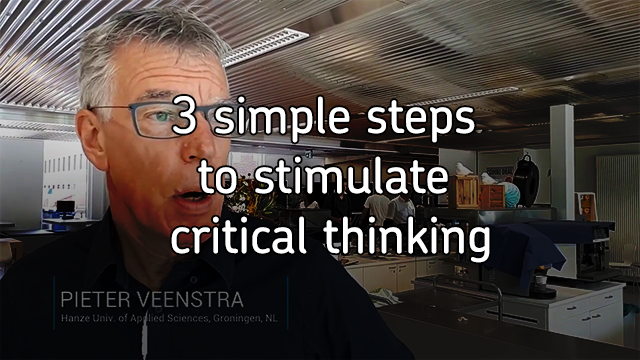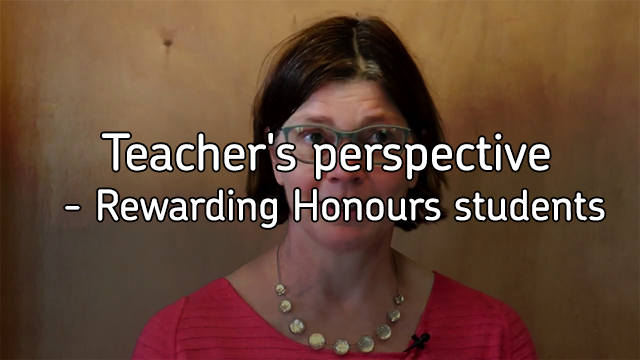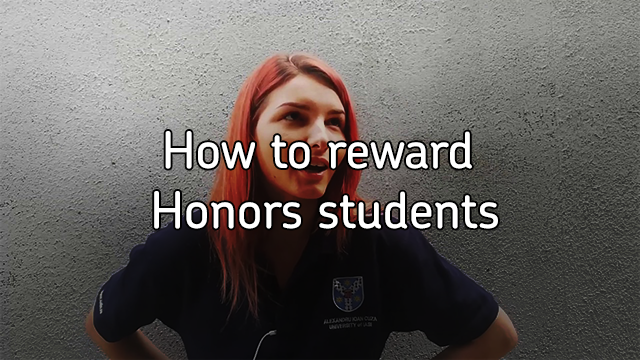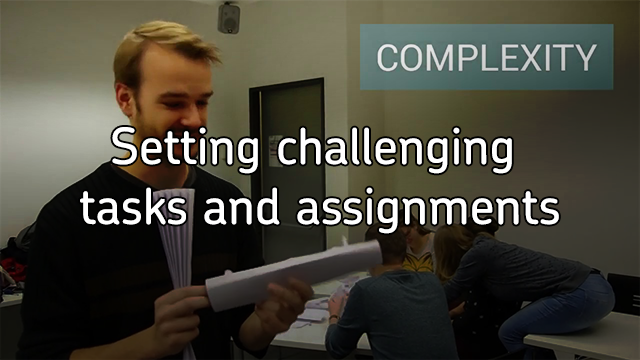How to teach students to apply their knowledge
This video explores different ways to teach students to apply their theoretical knowledge
You can enable subtitles by pressing the CC icon on the video
Often, students accumulate knowledge and they want to use it for creating original and useful products/projects, or for making world a better place, but they don’t know how to do it by themselves. Their teachers have to guide them and make them succeed by turning the knowledge into a knowhow, into a successful practice.
The video is relevant for both learning partners – teachers and students, but also for policy makers, teacher trainers and mentors. Teaching and supporting students to apply their knowledge is useful, in order to make them think globally, searching and being aware of alternative solutions; increasing their self esteem, awareness of self worth; make them create products and implement projects on their own and contribute to the evolution of the field in which they are specialized. Thus, we underline some steps/phases that may be followed during this process.
Questions for reflection
1. Are you often focused on helping students to apply their knowledge in real-life contexts?
2. Can talented students easily use the content you teach in real life situations?
3. How can the content you teach help them in their future profession?
4. How can you help them better to apply their knowledge?
5. Do you ask the relevant job market actors about the skills they require from your students?
Alexandru Ioan Cuza, University of Iași
Team:
Carmen-Mihaela Crețu and Elena Seghedin – PhD University Teachers
Tina Vrabie – PhD Student
Diana Chihaia and Cosmin Vaman – Technical Support
In the video:
Mara Mațcu – Honors Student
Ovidiu Gavrilovici – University Teacher
Anca Franț – University Teacher
Emilia Pascal – University Teacher
References
Kolb, A. Y., & Kolb, D. A. (2005). Learning Styles and Learning Spaces: Enhancing Experiential Learning in Higher Education.In Academy of Management Learning & Education, 4:2, pp. 193–212.https://journals.aom.org/doi/10.5465/amle.2005.17268566.
Moon, J. A. (1999). Reflection in learning and professional development: Theory and practice. London: RoutledgeFalmer, Taylor & Francis Groups.
Weil, S.W., &, McGill, I. (1989). Making sense of experiential learning: Diversity in theory and practice.Open University.
Yardley, S., Teunissen P. W., &Dornan, T. (2012).Experiential learning: Transforming theory into practice, In Medical Teacher, 34:2, pp. 161-164. https://doi.org/10.3109/0142159X.2012.643264.
Links
https://www.youtube.com/watch?v=AxZt4ypA5aM – Theory into Practice: Making an Impact
https://www.youtube.com/watch?v=hxufdpcfpJY– Applying Math Skills to a Real-World Problem
https://www.youtube.com/watch?v=sD7CZL9PpF4 – Real-World Problem Solving: Finding Solutions Through Projects




